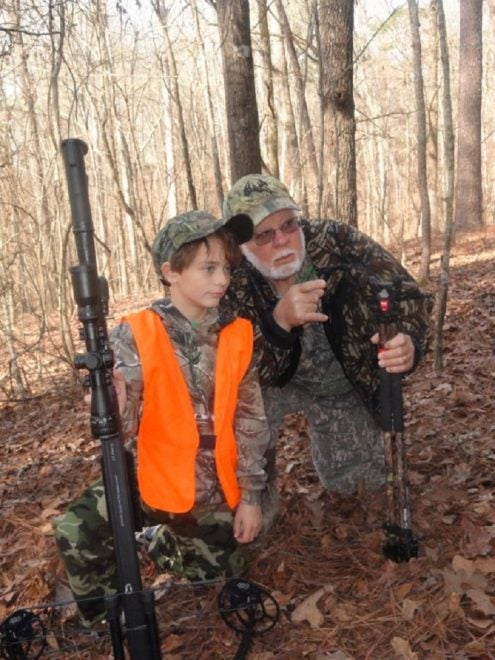Latest USFWS Survey Says Hunter Numbers Down
Dr. John Woods 11.29.18

John J. Woods
Magnolia Outdoor Communications
LATEST USFWS SURVEY SAYS HUNTER NUMBERS DOWN
The most recent data survey conducted by the U.S Fish and Wildlife Service in 2016 indicates that hunter numbers in America continue to decline. For those of us that are localized hunters I suspect this news is not a surprise.
Most states are experiencing declines in hunting license sales as the hard cord base of hunting is getting older thus less able to hunt. New hunters are not coming to the sport fast enough to replace those having to leave because of age, death or disinterest.
Working with my state’s Wildlife Federation chapter, we have been introducing programs for years to recruit new hunters to the sport. Our annual squirrel hunts and the special needs deer hunts are very popular and well attended. The problem is there is no way to know if these kids actually go on to grow up being hunters. License sales seem to indicate they are not.
The 2016 survey conducted by the USFWS indicated that there were some 11.5 million hunters that year. The survey has been conducted every year since 1955 and the 2011 survey showed that there were 13.7 million hunters. Quick and simple math calculates that is a loss of 2.2 million hunters in five years. That is not a good trend for the sport of hunting.
Dollars spent on hunting has also declined as one might have expected. Hunters spent roughly $36.3 billion on the sport in 2011, but only $25.6 billion in 2016. That is a drop of 10.7 billion dollars. By any measure that is a serious decline in discretionary spending for a recreational sport. And that includes all forms of hunting, too, not just the most popular deer hunting.
While new hunter recruitment is certainly a basic issue involving the decline of hunters overall, there are many other reasons, too. These include a flat economy with many people still unemployed or under employed. Costs have increased too including funds to lease land, much less buy it, expenses for planting food plots including ever increasing costs for seed and fertilizer. Then there is the cost of buying or renting equipment to do the food plot work including rising fuel prices. Guns, ammo and gear costs are up, too. It all adds up.
Today, there is also a significant difference in societal demographics. Like it or not, there are huge numbers of kids without a male adult mentor to take them outdoors to hunt and fish. Fewer dads and grandads to take kids hunting is a real factor. With older hunters retiring from the sport and fewer joining the ranks, dropping hunter numbers is just a course of reality.